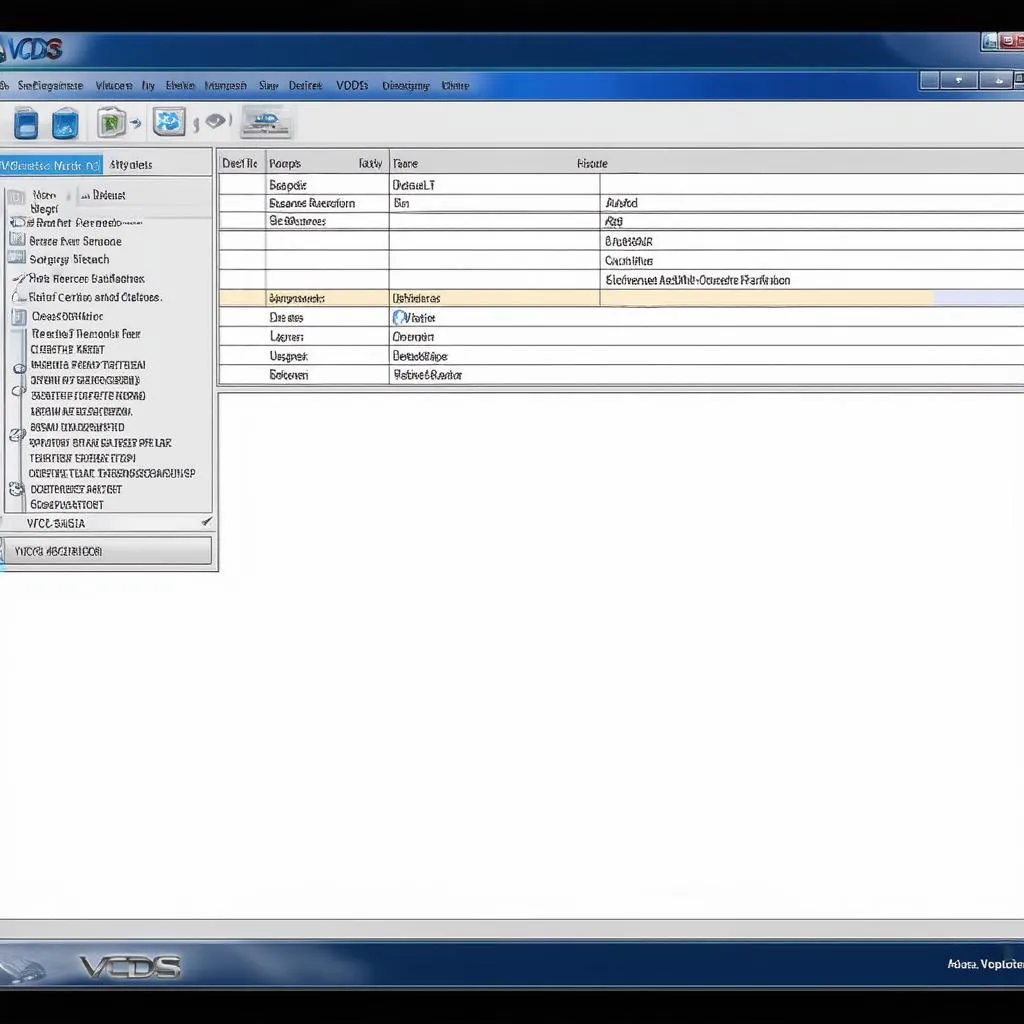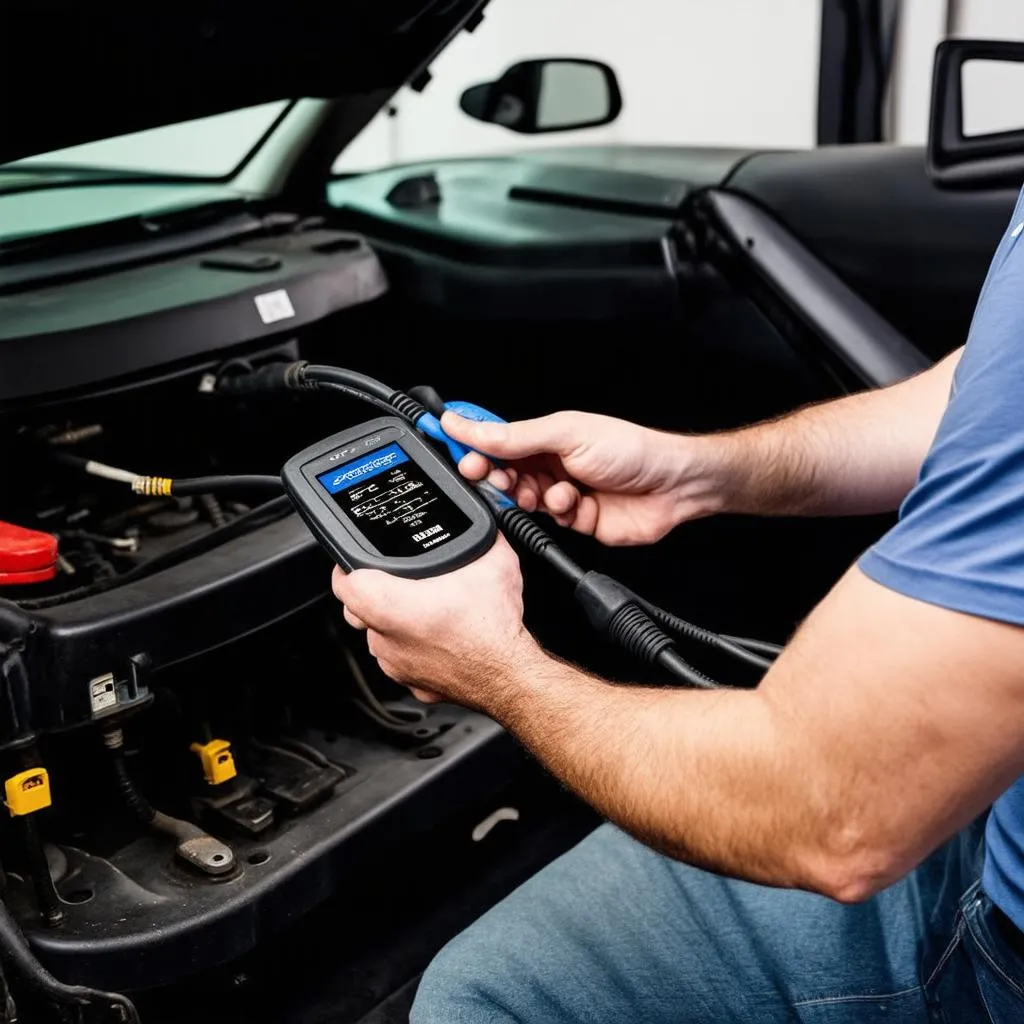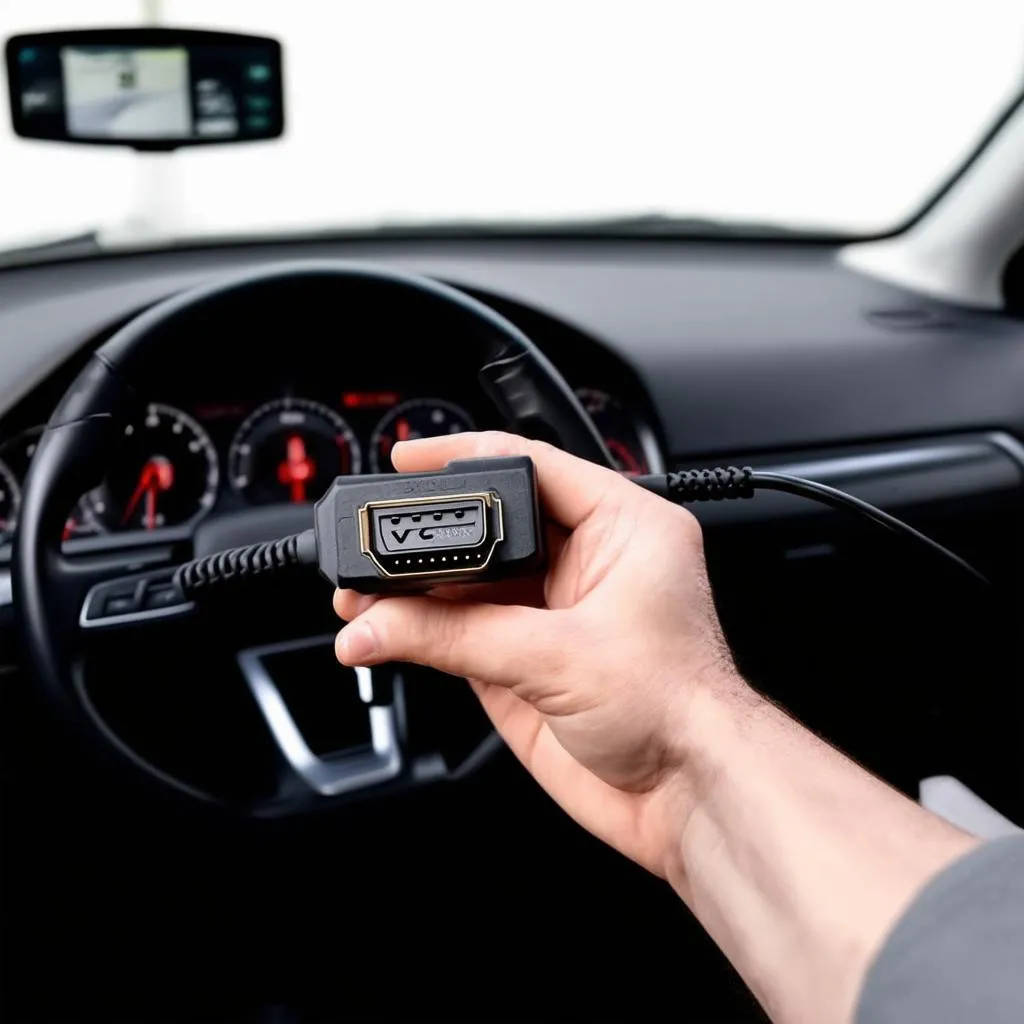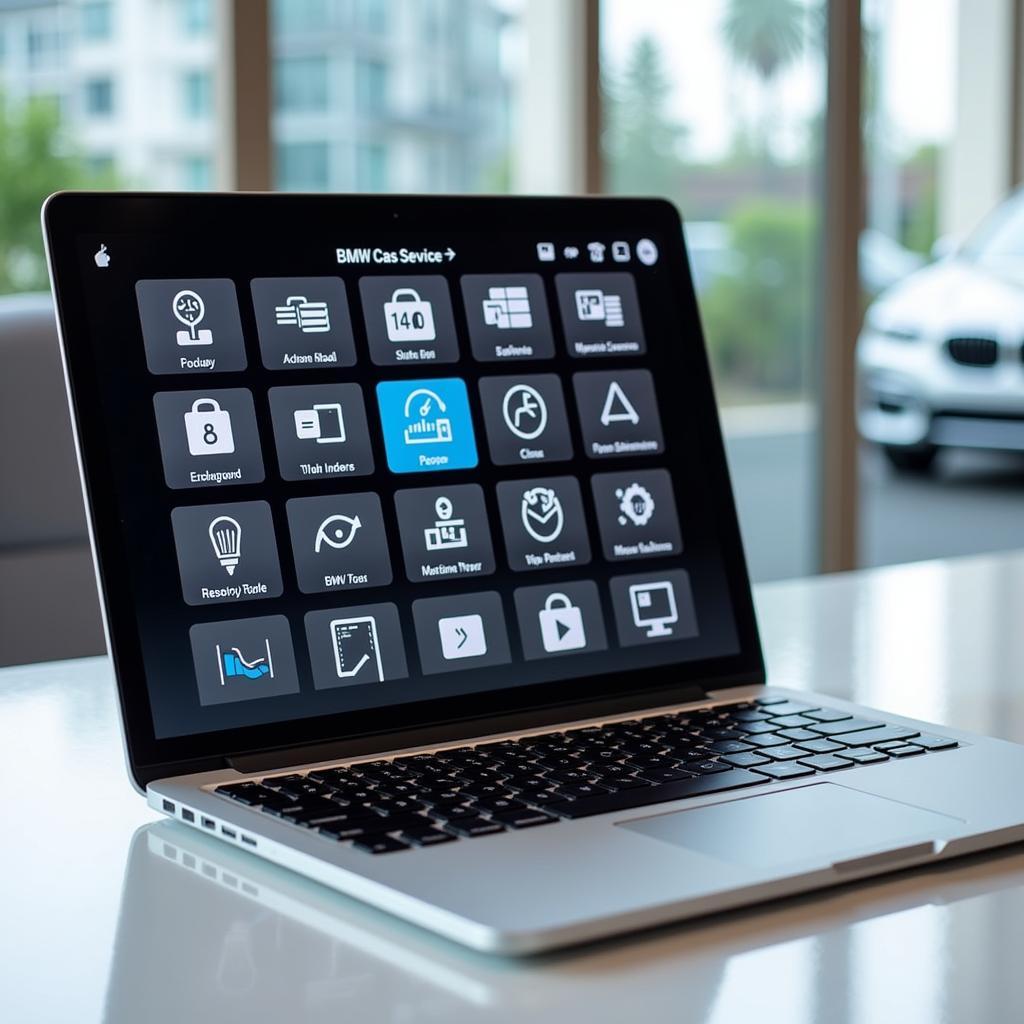Vehicle diagnostics can seem like a cryptic language, but with the right tool and guidance, it becomes accessible to everyone. VCDS, the go-to diagnostic software for VAG (Volkswagen Audi Group) vehicles, empowers both DIY enthusiasts and professionals to delve into their car’s systems. This article will be your comprehensive guide to understanding, accessing, and utilizing the power of VCDS, including where to find valuable VCDS tutorial PDFs.
What is VCDS and Why Do You Need It?
VCDS, previously known as VAG-COM, is a Windows-based diagnostic software that connects your computer to your vehicle’s onboard computer (ECU). Think of it as a direct line of communication, allowing you to:
- Read and clear fault codes: Diagnose those pesky check engine lights with detailed descriptions of the issue.
- Monitor live data: Analyze real-time sensor readings like engine speed, coolant temperature, and more.
- Perform adaptations and basic settings: Customize various vehicle settings like throttle body alignment and key coding.
- Access advanced functions: Depending on your vehicle model, you can activate hidden features or perform specialized tests.
Navigating the World of VCDS Tutorials: Finding Your Perfect PDF Guide
The internet is teeming with VCDS tutorials, but finding a reliable and comprehensive PDF guide can be challenging. Here are some avenues to explore:
- Official Ross-Tech Wiki: The makers of VCDS, Ross-Tech, have an extensive wiki packed with information, including some downloadable PDFs.
- Reputable Automotive Forums: Online communities dedicated to specific car makes and models often have sections dedicated to diagnostics. Search within these forums or ask for recommendations.
- Online Tutorial Platforms: Websites like Udemy and Skillshare offer paid VCDS courses, some of which may include downloadable PDF materials.
Expert Tip: “Always ensure you’re downloading VCDS tutorials from trusted sources to avoid outdated or inaccurate information,” advises Mark Williams, Automotive Diagnostics Specialist and author of “Decoding Your Car: A Practical Approach to Diagnostics.”
Essential VCDS Features and Functions: A Quick Overview
Once you have your VCDS software and chosen tutorial, familiarizing yourself with the key features will enhance your diagnostic experience:
Fault Codes: Your Car’s Cryptic Messages Explained
VCDS deciphers those confusing engine codes into understandable language. It provides the fault code number, description, and potential causes, making troubleshooting significantly easier.
Live Data: A Peek Under the Hood in Real Time
Monitoring live data is like having x-ray vision into your car’s vital signs. Observe how various sensors and systems are performing, helping you pinpoint issues that might not trigger a fault code.
Output Tests: Activating Components for Diagnosis
This feature allows you to command individual components, such as injectors or solenoids, to activate. This helps isolate faulty parts by observing their response to direct commands.
Basic Settings: Fine-Tuning Your Vehicle
VCDS grants access to basic settings for adjustments like throttle body adaptation, steering angle sensor calibration, and more. Always proceed with caution when altering these settings.
 VCDS Software Interface
VCDS Software Interface
Common VCDS Uses: From Simple Fixes to Advanced Tuning
VCDS caters to a broad spectrum of users:
- DIY Enthusiasts: Diagnose check engine lights, reset service reminders, and perform basic maintenance tasks.
- Experienced Hobbyists: Delve deeper into vehicle customization, activating hidden features, and tweaking settings.
- Professional Mechanics: Utilize advanced functions for complex troubleshooting, module coding, and system adaptations.
Safety First: Essential Precautions When Using VCDS
While VCDS is a powerful tool, responsible usage is paramount:
- Always have a stable internet connection: This ensures you’re using the latest software version and can access online resources if needed.
- Disconnect other devices: Avoid potential conflicts by disconnecting other USB devices during diagnosis.
- Start with small steps: Familiarize yourself with basic functions before attempting advanced procedures.
- Back up your vehicle’s data: Before making any significant changes, it’s crucial to back up your vehicle’s control module data.
 Mechanic Using VCDS on Car
Mechanic Using VCDS on Car
FAQs About VCDS
Q: Is VCDS compatible with all car brands?
A: No, VCDS is specifically designed for vehicles within the Volkswagen Audi Group (VAG), including Volkswagen, Audi, Seat, Skoda, Bentley, and Lamborghini.
Q: Can I damage my car by using VCDS?
A: While unlikely, improper use of VCDS can potentially lead to issues. Always follow instructions carefully, research thoroughly before attempting advanced procedures, and back up your vehicle’s data.
Q: Is VCDS legal for use on public roads?
A: In most cases, using VCDS for diagnostics and minor adjustments is legal. However, significant modifications to emissions-related systems might not comply with local regulations. Always check with your local authorities.
Ready to Empower Your Automotive Journey?
VCDS unlocks a world of knowledge and control over your VAG vehicle. By combining the right VCDS tutorial PDF with careful exploration and a focus on safety, you can confidently tackle diagnostics, customizations, and maintenance tasks.
For more insights on automotive diagnostics and to explore a range of tools to enhance your car care experience, visit CARDIAGTECH.


